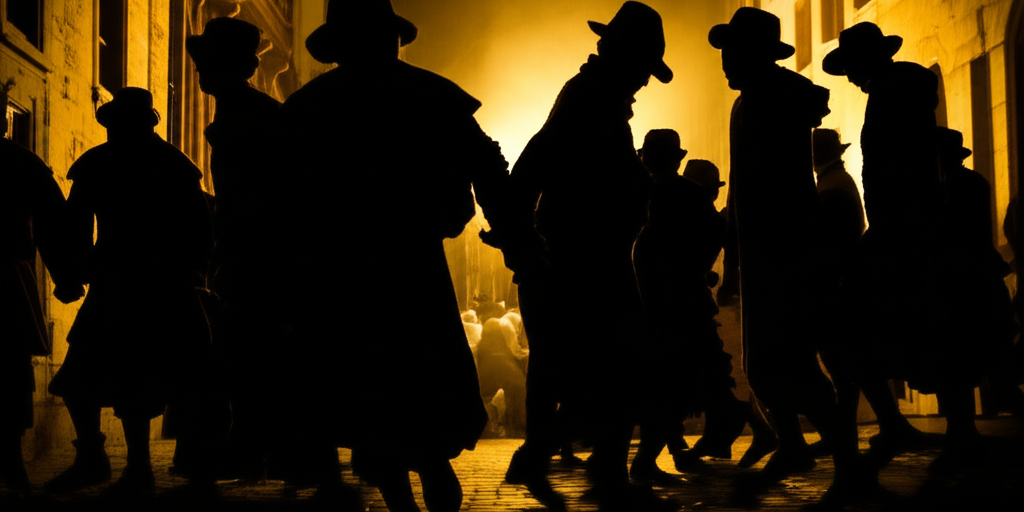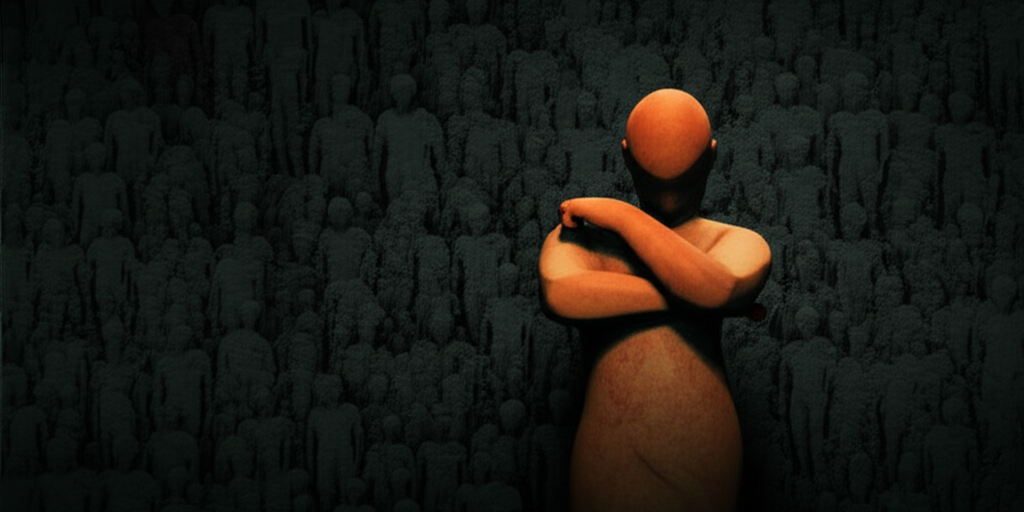The Unsettling Steps: Unraveling the Mystery of the Dancing Plague of 1518

The Unsettling Steps: Unraveling the Mystery of the Dancing Plague of 1518
Meta Description: Explore the chilling true story of the Dancing Plague of 1518 in Strasbourg, where hundreds danced uncontrollably for weeks, leading to exhaustion and death. Discover the theories behind this bizarre historical enigma.
Imagine a summer day in 16th-century Strasbourg, now modern-day France, when a lone woman steps into the bustling street and begins to dance. Not with joy or celebration, but with an unsettling, relentless fervor. She dances for hours, then days, seemingly unable to stop. Soon, others join her, compelled by an unseen force, their movements becoming a terrifying, involuntary spectacle. This was the chilling reality of the Dancing Plague of 1518, one of history's most bizarre and inexplicable events.
The Unstoppable Rhythm: How a City Was Gripped by Dance
The extraordinary saga began in July 1518, when a woman known as Frau Troffea stepped out onto a narrow cobbled street in Strasbourg and began to dance. Without musical accompaniment, she twisted, twirled, and shook with an alarming intensity. This wasn't a performance; it was a compulsion. Frau Troffea danced tirelessly for nearly a week, pausing only when sheer exhaustion forced her to collapse.
Her strange affliction quickly drew onlookers, and within days, some three dozen other citizens of Strasbourg inexplicably joined her. By August, the number of "choreomaniacs" swelled dramatically, with estimates ranging from 50 to 400 people caught in the relentless frenzy.
The symptoms were alarming and terrifying. Dancers were described as having spasmodic movements, convulsing wildly, their bodies drenched in sweat. Their arms thrashed violently, their eyes appeared vacant and expressionless, and some were noted to cry out for help. Blood pooled into their swollen feet, often bleeding into their shoes. Many collapsed from extreme exhaustion, hunger, thirst, or even suffered strokes and heart attacks, leading some accounts to claim as many as 15 deaths per day during the outbreak's peak.
A City's Desperate Measures: Attempts to Halt the Madness
Faced with this terrifying and inexplicable phenomenon, the authorities in Strasbourg were baffled. Local physicians, lacking any modern understanding of such an event, initially attributed the dancing to "hot blood" and, in a truly misguided attempt to cure the afflicted, actually encouraged more dancing. They hoped that by simply gyrating the "fever" away, the sufferers would exhaust themselves and recover.
To facilitate this bizarre "cure," the city council went to extraordinary lengths. They erected wooden stages in public halls, cleared a grain market, and even hired musicians—pipers and drummers—and professional dancers to provide accompaniment and help the afflicted stay upright. This disastrous decision, however, only exacerbated the situation, encouraging more citizens to join the macabre dance.
Realizing their error, the council eventually reversed course. They banned public dancing and music, and the delirious dancers were taken to a shrine dedicated to Saint Vitus in the nearby town of Saverne. Saint Vitus was a Catholic saint believed to have the power to curse people with uncontrollable dancing, and pilgrimages to his shrine were common for those seeking relief from such afflictions. There, rituals were performed, including placing the dancers' bloodied feet in red shoes, sprinkling them with holy water, and praying for absolution.
Unraveling the Mystery: Leading Theories
Centuries later, the true cause of the Dancing Plague of 1518 remains a historical enigma, but scholars have proposed several theories:
The Ergotism Hypothesis
One prominent theory suggests the dancing was a result of ergotism, a condition caused by consuming rye bread contaminated with ergot, a toxic fungus. Ergot contains psychoactive chemicals structurally related to LSD and is known to induce delirium, hallucinations, convulsions, and muscle spasms. This fungus has also been implicated in other historical anomalies, such as the Salem witch trials.
However, many modern historians, notably American medical historian John Waller, have largely debunked the ergotism theory. They argue that while ergot can cause convulsions and hallucinations, it also restricts blood flow, making it highly unlikely that poisoned individuals could sustain such intense, continuous dancing for days or weeks. Furthermore, ergotism symptoms often include gangrene and gastrointestinal issues, which were not widely reported among the dancers.
Mass Psychogenic Illness (MPI) / Mass Hysteria
The most widely accepted theory attributes the Dancing Plague to mass psychogenic illness (MPI), also known as mass hysteria. MPI involves the collective occurrence of physical symptoms and behaviors among a group of people in the absence of an identifiable pathogen, typically triggered by extreme psychological stress and shared beliefs.
Strasbourg in 1518 was a city ripe for such an outbreak. The region was suffering from relentless years of hardship, including famine, poverty, and the presence of widespread diseases like smallpox and syphilis. These overwhelming stressors, combined with the prevalent superstitions of the time—particularly the belief that Saint Vitus could curse people with compulsive dancing—created a potent psychological environment. Historian John Waller postulates that the dancing was a form of "stress-induced psychosis" on a mass level, where fear and despair manifested as uncontrollable movement.
It's important to note that the 1518 incident was not unique; similar "dancing manias" occurred across Europe between the 10th and 17th centuries, particularly along the Rhine and Moselle rivers, suggesting a pattern of psychological contagion.
The Fading Frenzy and Lasting Legacy
By early September 1518, as mysteriously as it began, the dancing mania began to subside. The pilgrimage to Saint Vitus's shrine, combined with the sheer physical toll on the dancers, likely contributed to its eventual cessation.
While contemporary accounts, including physician notes and city council records, confirm the dancing itself, the exact number of fatalities remains a subject of historical debate. Some sources claim up to 15 deaths per day at its peak, leading to a total potentially "into the hundreds," while others suggest city records don't explicitly mention the number of deaths. Regardless of the precise death toll, the accounts clearly describe individuals dancing to the point of collapse, exhaustion, and even death from heart attacks or strokes.
The Dancing Plague of 1518 stands as a haunting testament to the power of the human mind under extreme duress and the complex interplay between psychological stress, social conditions, and cultural beliefs. It remains one of history's most enigmatic and compelling episodes, continuing to fascinate scientists, historians, and artists alike, reminding us of the strange and unpredictable ways human behavior can sometimes defy easy explanation.

